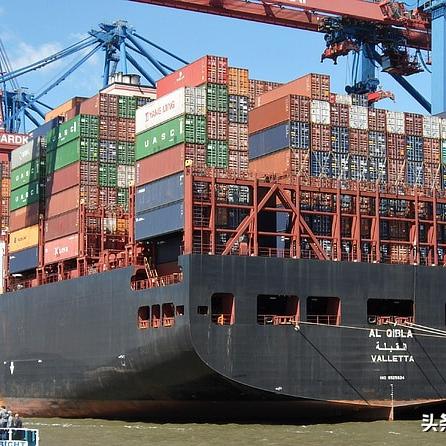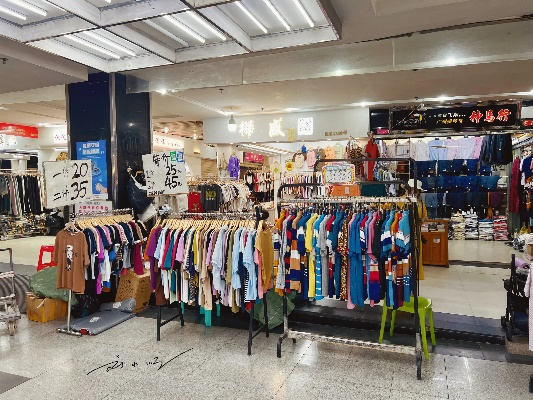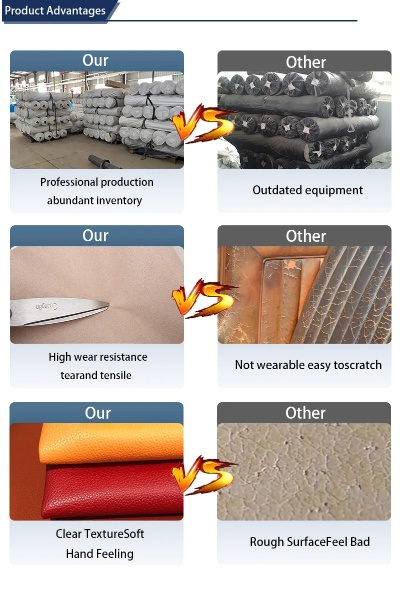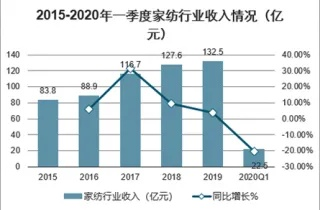The Future Prospects of Textile Exports:A Comprehensive Analysis
The future prospects of textile exports are promising, as the global demand for textile products continues to grow. With advancements in technology and increased consumer awareness, there is a growing demand for high-quality, sustainable, and eco-friendly textiles. This demand is driven by factors such as rising income levels, changing consumption patterns, and increasing environmental consciousness.,In addition, the globalization of the textile industry has led to increased competition and market opportunities for exporters. As countries develop their manufacturing capabilities and become more competitive in the global market, they are able to offer lower prices and higher quality products to customers around the world.,However, there are also challenges that must be addressed in order to ensure the continued success of textile exports. These include issues related to labor rights, environmental sustainability, and trade policies. To succeed in the future, textile exporters must focus on developing innovative products and services that meet the needs of their customers while also being responsible and ethical consumers of resources.
Introduction: The textile industry, a cornerstone of global trade, has witnessed significant growth over the years. With the increasing demand for fashionable and functional clothing, textile products have become an essential part of our daily lives. However, the future prospects of this industry are multifaceted, influenced by factors such as technological advancements, global economic conditions, and changing consumer preferences. In this article, we will explore the various aspects that shape the textile export market and provide insights into the potential challenges and opportunities that lie ahead.

Technological Advancements: One of the most significant drivers of growth in the textile industry is technological innovation. Advances in manufacturing processes, materials science, and digital technologies have led to increased efficiency, reduced costs, and improved quality. For instance, the use of artificial intelligence (AI) in textile design and production has enabled companies to create more personalized and sustainable products. Additionally, the rise of e-commerce platforms has made it easier for small and medium-sized enterprises (SMEs) to reach global markets, providing them with a competitive edge.
Global Economic Conditions: The performance of the global economy directly affects the textile export market. During times of economic expansion, consumers tend to spend more on luxury goods, including high-quality textiles. This trend has been particularly evident in countries like China, where textile exports have experienced robust growth in recent years. However, during recessionary periods, consumers may prioritize cost-effective options, leading to a decline in demand for high-end textiles. As a result, businesses must adapt their strategies to remain competitive in these challenging economic conditions.
Changing Consumer Preferences: Consumer behavior is constantly evolving, and this has a significant impact on the textile export market. Recent trends show a shift towards eco-friendly and sustainable products, driven by concerns about environmental degradation and climate change. This trend is expected to continue, driving the development of new materials and processes that align with these values. Additionally, there is a growing interest in culturally relevant and locally produced textiles, which can provide unique selling points and attract niche markets.
Case Study: To illustrate the potential impact of technological advancements on textile exports, let us consider the case of Tencel, a Japanese company that produces sustainable and eco-friendly fabrics using wood pulp derived from sustainably managed forests. Tencel's innovative approach to textile production has allowed it to expand its market share in Europe and North America, despite facing competition from established players in the industry. By investing in research and development, Tencel has developed advanced technologies that reduce waste and improve product durability, making its products more attractive to consumers seeking sustainable alternatives.
Conclusion: The textile export market is complex and dynamic, shaped by a myriad of factors. While technological advancements offer numerous opportunities for growth, the future success of this industry depends on how well businesses can adapt to changing consumer preferences and economic conditions. As we look to the future, it is crucial for textile exporters to stay informed about emerging trends and invest in innovation to remain competitive and sustainable. By doing so, they can ensure that the textile industry continues to play a vital role in shaping global fashion and culture for years to come.
随着全球贸易的深入发展,纺织品出口作为国际贸易的重要组成部分,其未来前景备受关注,本篇报告将深入探讨纺织品出口的未来趋势、挑战与机遇,并结合实际案例进行分析。
纺织品出口市场概况
市场规模与增长趋势
全球纺织品出口市场不断扩大,市场规模持续扩大,增长势头强劲,特别是在新兴市场和地区,纺织品出口呈现出快速增长的趋势。
主要出口国家及地区
纺织品出口主要涉及的国家包括但不限于亚洲、欧洲、北美等地区,亚洲地区凭借其丰富的资源和劳动力成本优势,成为纺织品出口的重要力量。
纺织品出口未来前景分析
技术创新与绿色环保趋势
随着科技的不断进步和环保意识的提高,纺织品行业正面临技术创新和绿色环保的双重挑战,纺织品出口将更加注重环保、可持续性,采用新型材料和技术,提高产品质量和附加值。
国际贸易规则与政策变化
国际贸易规则和政策的变化将直接影响纺织品出口的未来前景,纺织品出口将更加注重国际规则和政策的遵守和适应,提高贸易便利化水平。
新兴市场与发展潜力
新兴市场和发展潜力是纺织品出口的重要机遇,随着全球经济结构的调整和优化,新兴市场将成为纺织品出口的重要增长点,各国对于环保、可持续性产品的需求也将不断提高,为纺织品出口提供了广阔的市场空间。
案例分析
以某知名纺织品出口企业为例,介绍其在纺织品出口方面的成功经验和未来展望。
某知名纺织品出口企业近年来在纺织品出口方面取得了显著的成绩,该企业在产品创新、品牌建设、市场拓展等方面都取得了长足的进步,该企业在国际贸易规则和政策的变化中积极应对,不断提高自身的竞争力,该企业将继续加大技术创新和绿色环保的投入,提高产品质量和附加值,拓展国际市场。
未来展望与建议
政策支持与市场拓展策略
政府应继续加强纺织品出口的政策支持,包括提供税收优惠、简化进出口手续等措施,促进纺织品出口的发展,企业应积极拓展市场,提高品牌知名度和市场占有率。
技术创新与绿色环保策略
企业应加大技术创新和绿色环保的投入,采用新型材料和技术,提高产品质量和附加值,加强与国际先进企业的合作,引进先进技术和管理经验,提高自身的竞争力。
扩大市场份额与多元化经营策略
企业应加大在新兴市场的投入,提高市场份额,拓展多元化经营模式,提高产品的多样性和适应性,满足不同消费者的需求,企业还应加强与国际市场的合作,提高产品的国际竞争力。
纺织品出口作为国际贸易的重要组成部分,其未来前景充满机遇和挑战,在技术创新和绿色环保的趋势下,纺织品出口将更加注重环保、可持续性,国际贸易规则和政策的变化也将直接影响纺织品出口的未来前景,企业应积极应对这些变化,加强技术创新和绿色环保的投入,提高产品质量和附加值,拓展国际市场。
Articles related to the knowledge points of this article:
The Dianan Needle and Textile Wholesale Market Address
Understanding Japanese Textile Standards A Comprehensive Guide
The Unique Appeal of the Three Dragon Needle Textile Wholesale Market
The Forecasting of Textile Market Trends:An Overview



